“The unique, and uniquely German, occasion of the Graf Zeppelin visiting Japan [in 1929] afforded some Japanese an opportunity to extrapolate beyond marketing to advocate closer Japanese-German relations. [For example, the] department store Matsuzakaya printed an advertisement entirely in German to congratulate Eckener and his men on bridging Japan and Germany through the air.
“… Such a milestone, the Asahi and Kokumin concurred, surely signified Germany’s rehabilitation as a full member of the peaceful community of nations.
“… German ascent generally and the Graf Zeppelin specifically lifted the notion of ‘Japanese-German rapprochement’ from an allegation that met denials to a prospect to be anticipated … Tokyo’s mayor welcomed the airship as a ‘flying envoy for Japanese-German goodwill.’
“In the early 1920s, Japan had to observe Germany from afar and take German ability on faith. But, in 1929, the Graf Zeppelin delivered evidence of what Germany could mean concretely for Japan. Many Japanese saw Germans and heard German for the first time during the zeppelin’s visit. Even those with no interest in Germany could not escape the saturation coverage in the press.
“Without a sense of feasibility grounded in the technological innovations in communications and transportation in the early 1930s, the phrase ‘Japanese-German exchange’, let alone rapprochement, would have rung hollow. Advancing science did not make the eventual alliance inevitable, but the Axis also could have been forged without the feeling of connectedness.
“Unlike the Anglo-Japanese Alliance built on the British and Japanese Empires’ physical expansion, any interwar Japanese-German bond had to be founded on technology and ideology … The zeppelin, telephone and radio could not shrink the distance between Japan and Germany but reduced the time and effort needed for traffic and provided the wherewithal for collaboration.”
– Transnational Nazism: Ideology and Culture in German-Japanese Relations, 1919-1936, by Ricky W. Law, 2019
“The Luftschiff ‘Zeppelin’ came from Germany for a visit. The hour of the Zeppelin’s flying over Tokyo was announced, and the streets were full of people who wanted to have a look at this strange flying object which they had never seen before. They were amazed. For me it was like a greeting from my home country, and a nostalgic sight.”
– My Life with Suzuki, Waltraud Suzuki, 1987
- Graf Zeppelin over Yokohama, 1929.
- Graf Zeppelin over Tokyo Bay, 1929.
“Although the Graf Zeppelin (LZ 127) was not the first aircraft to circle the globe, it took only 21 days, 7 hours, 34 minutes, a new record for round-the-world travel by any means. Furthermore the Zeppelin dirigible carried a full passenger load over much previously uncharted land. At the behest of American newspaper publisher William Randolph Hearst, whose media empire was the major commercial backer of the project with four reporters among the flight’s nine passengers, the Graf Zeppelin’s ‘Round-the-World’ (Weltrundfahrt 1929) flight in August 1929 officially began and ended at Lakehurst Naval Air Station in New Jersey, with only three stops between: Friedrichshafen, Germany; Tokyo, Japan; and Los Angeles, California.
“Leaving Lakehurst on August 8, 1929, the Graf Zeppelin flew back across the Atlantic to Friedrichshafen, Germany, for refueling before continuing across Eastern Europe, Russia, and the vastness of Siberia to Tokyo (Kasumigaura Naval Air Station) on a 102-hour nonstop leg covering 7,297 miles (11,743 km).
“Crossing the inadequately mapped Stanovoy Mountains in Siberia proved to be a precarious venture with the Graf eventually being forced to climb to 6000-feet in order to clear the range through a high mountain canyon with barely 150-feet to spare.
“After five days in Tokyo, the Graf Zeppelin continued across the Pacific to California crossing the coast at San Francisco before landing at Mines Field in Los Angeles thus completing the first ever nonstop flight of any kind across the Pacific Ocean, covering 5,986 miles (9,634 km) in 79-hours and 54-minutes.
“The 2,996-mile (4,822 km), 51-hour 13-minute transcontinental flight across the United States took the Graf Zeppelin over 13 states and such cities as El Paso, Kansas City, Chicago, Cleveland, and Detroit before arriving back at Lakehurst from the west on the morning of 29 August, exactly 21 days after it had departed.”
– Wikipedia


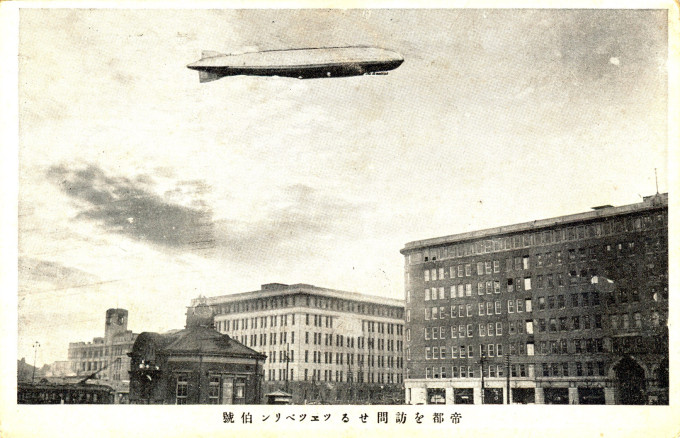
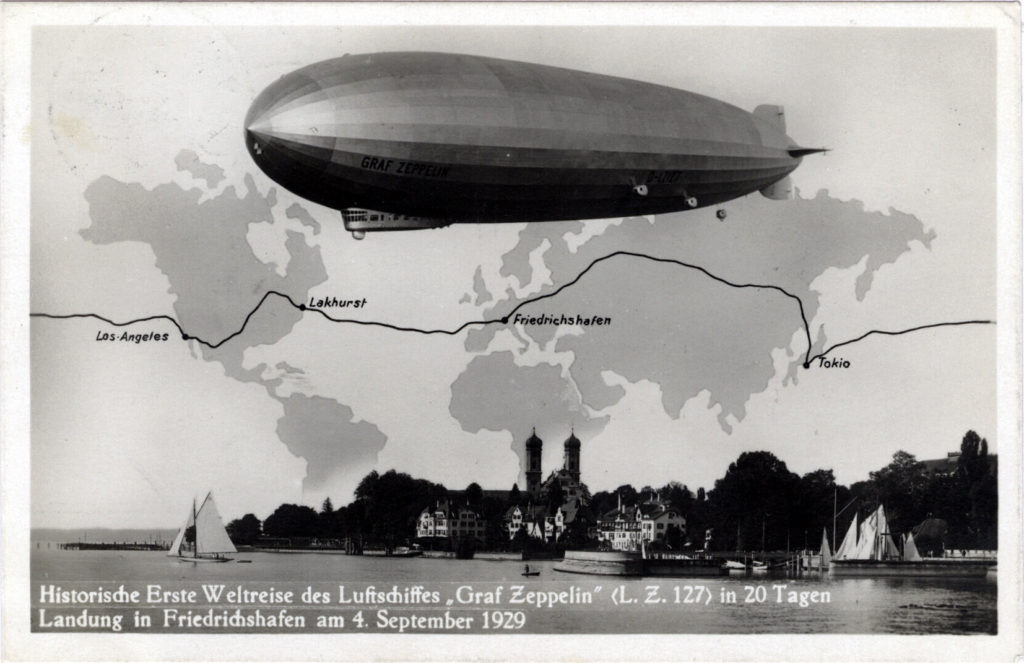
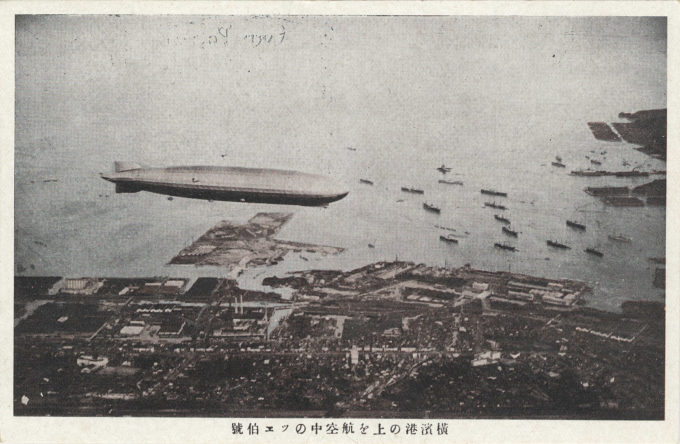
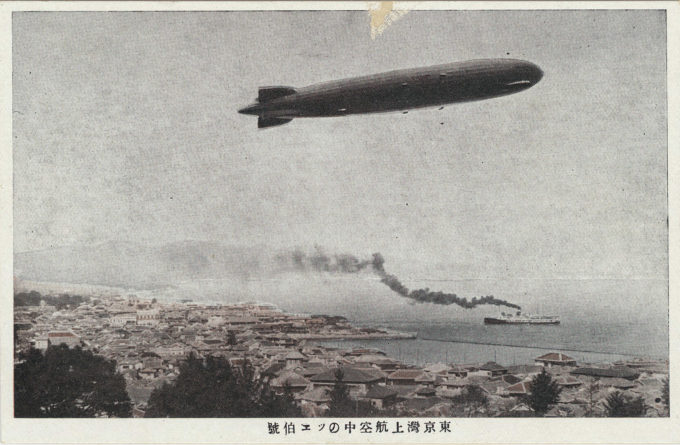
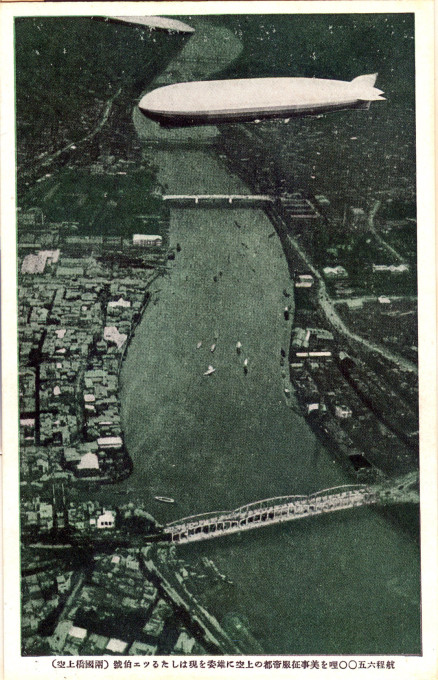
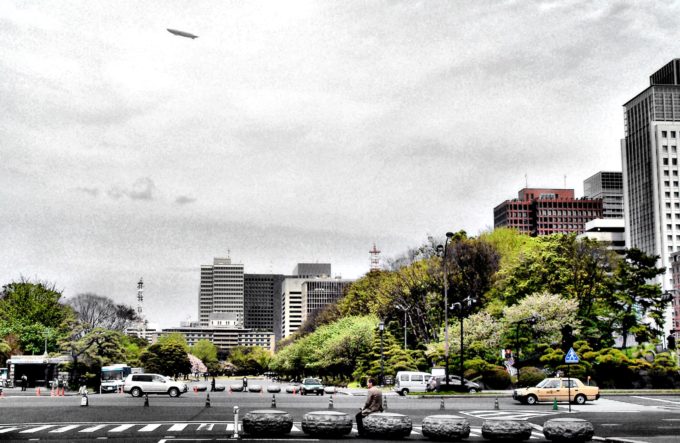
Pingback: Patlabor 2 and The Graf Zeppelin – ZIMMERIT – Anime | Manga | Garage Kits | Doujin